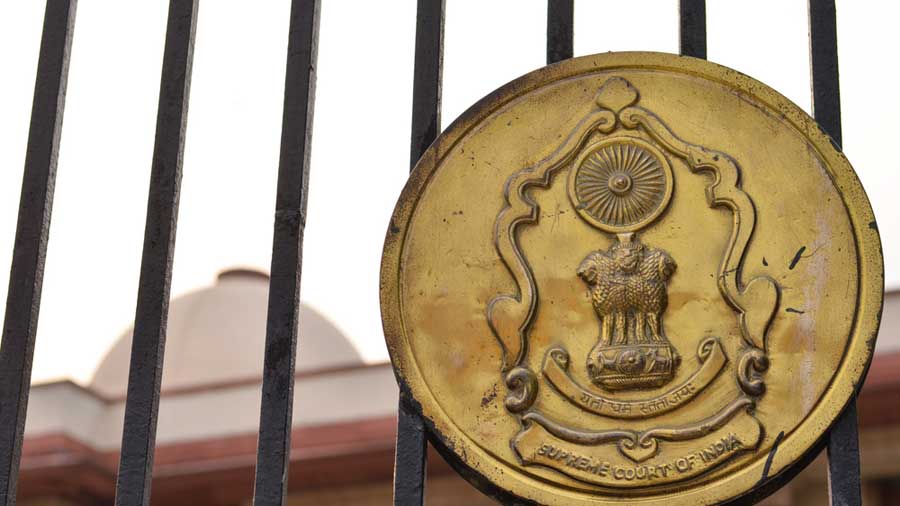The Supreme Court on Monday issued notice to the Union government on a PIL for immediate filling up of the posts of chief vigilance commissioner and vigilance commissioners lying vacant for over a year.
CVC is conceived to be the apex vigilance institution, free of control from any executive authority, monitoring all vigilance activity under the central government and advising various authorities in central government organisations in planning, executing, reviewing and reforming their vigilant work.
A bench of Justice Sanjay Kishan Kaul and Justice Abhay S. Oka sought a response from the Centre within three weeks on the petition filed by Common Cause, an NGO, through advocate Cherryl D.Souza. Advocate Prashant Bhushan appeared for the NGO.
The petition has sought timely and transparent filling of long pending vacancies in the Central Vigilance Commission so as to ensure that the commission can effectively discharge its duties as an ‘integrity institution’.
According to the petition presently, only one commissioner is discharging the functions of the entire commission since 24.06.2021. Section 3 of the Central Vigilance Commission Act, 2003, provides for the constitution of the commission and clause 2 thereof provides that the commission shall consist of a central vigilance commissioner as chairperson and not more than two vigilance commissioners as members.
Further under the amended act of 2003 — specifically, Section 9 thereof says — the commission is expected to function as a multi-member body that while performing its duties is to take decisions in a "unanimous" manner in so far as possible and if not, then by ‘majority’.It was contended that anticipating a vacancy that was due to arise in October of 2020, vide advertisement dated 17.07.2020, the department of personnel & training (DoPT), had invited applications for filling the post of one vigilance commissioner with the last date of the application being 17.08.2020. However, to date, no appointments have been made pursuant thereto.
Similarly, anticipating vacancy that was due to arise in June of 2021, vide advertisement dated 04.05.2021, DoPT had invited applications for filing the post of the Central Vigilance Commissioner with the last date of application being 07.06.2021. However, no appointment has been made pursuant to said advertisement as of date either. Instead, vide notification dated 24.06.2021, the lone remaining Vigilance Commissioner, Suresh N. Patel, has been authorized “to act as the Central Vigilance Commissioner...until the appointment of the Central Vigilance Commissioner.” The NGO pointed out that the Commission was set up in 1964 by a government resolution and continued to function as such when on 18- 12-1997, following the Supreme Court judgment in Vineet Narain v. Union of India (1998) the CVC came to be accorded a statutory status.
The judgment in Vineet Narain was followed by the 1999 Ordinance under which the CVC became a multi-member Commission headed by the Central Vigilance Commissioner. The 1999 Ordinance conferred statutory status on the CVC. The said 1999 Ordinance was ultimately replaced by the enactment of the 2003 Act. Thereafter, in the case of Centre for PIL v. Union of India, (2011), while striking down the appointment of Sh. P.J. Thomas as the Central Vigilance Commissioner, this Apex court noted that under Section 4 of the act of 2003, all appointments to the Commission were to be made by the President on the recommendation of a committee consisting of the Prime Minister, Minister of Home Affairs, & Leader of Opposition in the Lok Sabha.











